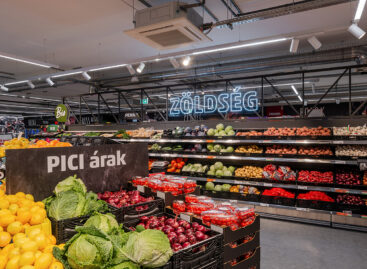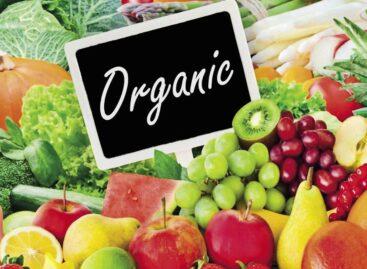Fiatalok az agrár-élelmezési szektorban a FAO kutatása szerint
The Food and Agriculture Organization of the United Nations (FAO) today released a comprehensive report on the current 1.3 billion young people aged 15-24 worldwide, entitled “The State of Youth in Agri-Food Systems.” The report provides a detailed analysis and highlights their critical role in transforming the agricultural sector to improve food security, nutrition and economic opportunities.
 Nearly 85% of the world’s youth live in low- and lower-middle-income countries, where agri-food systems are key to livelihoods. Enhancing the participation of these young people in the agricultural sector could have a trillion-dollar impact on the global economy.
Nearly 85% of the world’s youth live in low- and lower-middle-income countries, where agri-food systems are key to livelihoods. Enhancing the participation of these young people in the agricultural sector could have a trillion-dollar impact on the global economy.
The report examines technical and policy initiatives that aim to create decent jobs, improve food security and nutrition, and increase youth resilience to shocks. It presents young people as central actors in the transformation of the agricultural sector; they are the next generation of producers, processors, service providers and consumers. They will face many challenges, including meeting the food needs of a growing population, replacing an aging workforce, and adapting to the impacts of climate change, water scarcity and urbanization.
Globally, 44% of young workers work in agriculture, compared to 38% of adults. But this is a stark contrast to the global average: in systems in chronic crisis, the proportion reaches 82%, while in industrialized areas it is only 23%. Alarmingly, hunger among young people increased from 16.7% to 24.4% between 2014–16 and 2021–23, particularly in Africa.
“The report on the situation of youth in agri-food systems provides a timely and evidence-based assessment of how to create decent jobs and food security for young people through agricultural transformation, and how empowered young people can become catalysts for systemic change,” writes FAO Director-General Zhu Tung-yu in the foreword to the report.
Improving the situation of youth
According to the report, more than 20% of young people are not in employment, education or training, and young women are twice as likely to be in this category. Reducing youth unemployment and putting young people aged 20-24 who are not in employment, education or training into work could add 1.4% (or $1.5 trillion) to global gross domestic product (GDP), about 45% of which would come from the agricultural sector.
To improve the situation of young people, the report recommends interventions that increase youth empowerment and self-determination, facilitate their access to training and other resources, and enhance their effectiveness in and beyond agriculture. The publication also highlights the need to expand social safety nets, particularly given the limited financial access of young people.
The report provides detailed data on youth demographics, showing that 54% of this group live in urban areas, with the highest proportion in East Asia. In contrast, rural youth make up only 5% of those working in industrialized agri-food systems, which could lead to labor shortages if careers in agriculture are not made more attractive. Many rural youth live in areas with high agricultural production potential – offering significant investment opportunities in market access and infrastructure.
Extreme climate events and shocks pose a serious threat: an estimated 395 million rural youth live in areas where agricultural productivity is expected to decline, particularly in traditional agro-food systems and in sub-Saharan Africa.
Related news
Hungarian SMEs see the future in development
The vast majority of companies desire and plan technological developments,…
Read more >FAO food price index rose slightly in June due to higher prices of meat, dairy products and vegetable oils
The Food and Agriculture Organization of the United Nations (FAO)…
Read more >What makes us add the product to the cart – research
The latest joint research by PwC and Publicis Groupe Hungary…
Read more >Related news
Now you can get the ingredients for Hungarian lecsó up to 20% cheaper at PENNY
The unmissable favorite of the summer season is fresh, homemade…
Read more >What can cause the price of a wine to increase tenfold?
There are fewer of them worldwide than the number of…
Read more >Organic food in mass catering?
The Hungarian Organic Culture Association has launched a petition for…
Read more >






